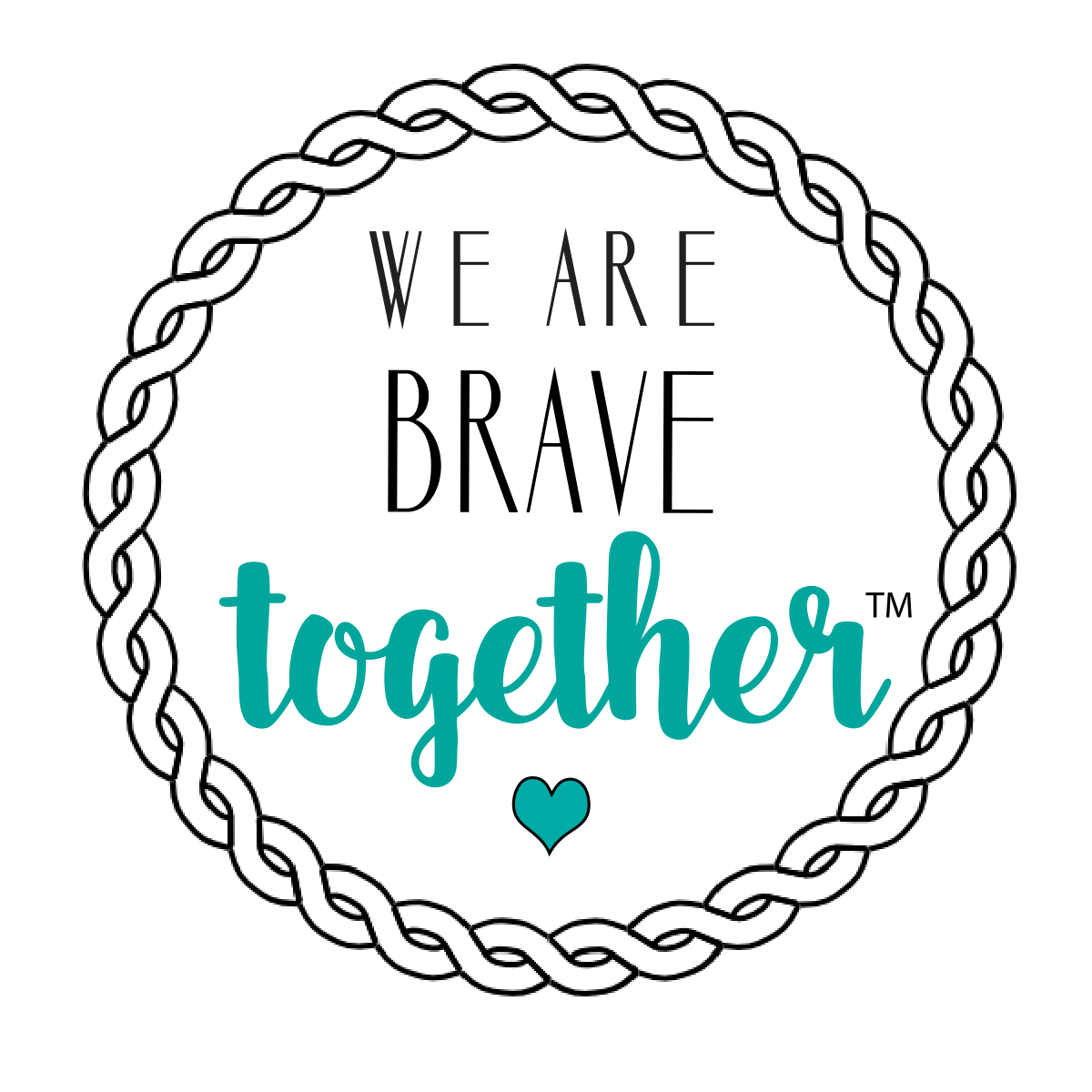Creating Community When Living in a Rural County
written by Anne Fricke
I live in a place difficult to access at certain times of the year. This might be due to landslides in a rainy winter, snow piling up on the passes, fire burning the forests that surround us, or even the ocean-side offering the second most dangerous bar on the Pacific Coast as entrance into the bay. And apart from the newly frequent fires and ridiculously unreliable and expensive flights from our small airport, I absolutely love it!
What I don’t love so much is how this affects the available resources and access to necessary services for families with disabilities and special needs.
To be clear, I live in Humboldt County, or as I like to jokingly say, “the real Northern California.” It’s not an outpost in Alaska, but sometimes, depending on the time of year or what part of the county you’re in, it can feel like that.
My daughter, Freya, has Prader-Willi Syndrome (PWS). Fever and vomiting are potential signs of a very serious threat. The first time Freya experienced both, around three years old, I was out at our home in the hills, far from a doctor, and snowed in. (Thankfully, through one of the PWS groups, I was able to get on a phone call with a knowledgeable doctor who helped me determine it was most likely just the flu.) It was a long night.
When Freya needed physical therapy, the only option was a man who worked with adult patients at the hospital. He was very kind, but his approach to teaching Freya how to walk was…well… archaic.
Thankfully, because of the local inclination towards counterculture, we also get the occasional service provider trained in more alternative ways. Freya’s oral and motor specialist was also trained in the Feldenkrais Method, a holistic understanding of the body’s movements, and an incredibly effective and beneficial addition to Freya’s development.
This is not meant to be a catalog of Freya’s therapists but a glimpse into the disadvantages of living in a predominantly rural county with relatively long travel distances to cities. (Freya’s pediatric endo and other specialists are a five hour drive without traffic.) I quickly became the most PWS-knowledgeable person in the room when meeting with service providers, carrying articles and my medical alert book with me everywhere. And that’s only mentioning the medical side of things.
When Freya was born, I knew very few parents of children with disabilities. Most of those I knew lived on farms in the hills, a good hour or two from town. There were no support groups I knew of or people around me, professionals alike, that knew of PWS. I opened up about PWS at playgroups hoping to find other moms of kids with special needs. Thankfully, I found a good one.
I stuffed down my grief and swallowed tears at social events and friendly functions where we were the only “special needs family.”
Isolation. Grief. Fear. Those were common feelings for me.
But I am not someone who lingers long in those feelings. By whatever twist of fate or nuance to my childhood, I am a positive person and driven to find ways to feel good again.
I started a blog to fight the isolation and lack of knowledge of PWS. Eventually, I transitioned this to a podcast, “Walking with Freya,” where I tell my story and invite parents, siblings, caregivers, professionals, and individuals to tell their experiences of disabilities and special needs. Recently, I have extended my outreach to a new project, BREATHE.
BREATHE - Bringing Resources, Education, & Advocacy To Homes Everywhere - is a new and growing online space for families of individuals with disabilities and atypical needs. Created by the mother of a daughter with Prader-Willi Syndrome, BREATHE hopes to inspire and educate parents and caregivers on how to include self-care in their lives while offering education and skill-sharing to benefit the development of our loved ones with disabilities. With downloadable classes, live workshops, resource links, free content, story sharing, and interactive community space, BREATHE strives to help families and caregivers in the disability community breathe a little easier.
I created a space for parents to show up whenever they need support, no matter the time of day, where they are in the world, or what childcare services they have (or don’t have).
It is a place to learn, find resources, and see a community of parents from various realms of disabilities and special needs. BREATHE is still in its infancy, to use a cliche, but my vision of what it will become inspires me.
Watching pre-recorded videos of parents teaching self-care skills or educational tips to help their child’s development is not the same as gathering in person. Joining a Zoom workshop with other parents is different than showing up in a collective physical space…but sometimes it’s all we have.
Sometimes, we don’t have the family down the road who can relate, the specialist who can teach us alternative ways to help our child, the schedule to take a daytime workshop, or someone we can safely leave our child with so we can learn to care for ourselves as well.
Sometimes the isolation and grief grab us in the middle of the night, the fear of not knowing or doing enough for our child, the overwhelm of feeling like no one around can relate or help.
This is why I created BREATHE.
Check out BREATHE at www.breathe-community.com. We are looking for teachers and workshop facilitators. If you have something to share with the disability community, please email me at breathe.main@gmail.com to learn more.
Anne is the founder of BREATHE, a poet, freelance writer, and the host of the podcast Walking with Freya, a journey through special needs parenting. She and her husband are raising their three girls (well, one is off at a university now but still calls home quite often) on the coast of Northern California.

